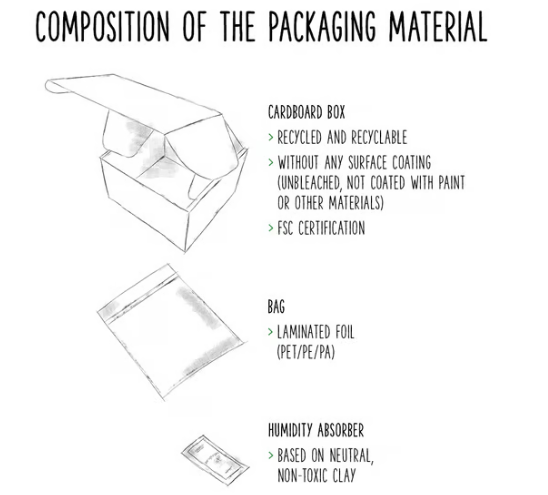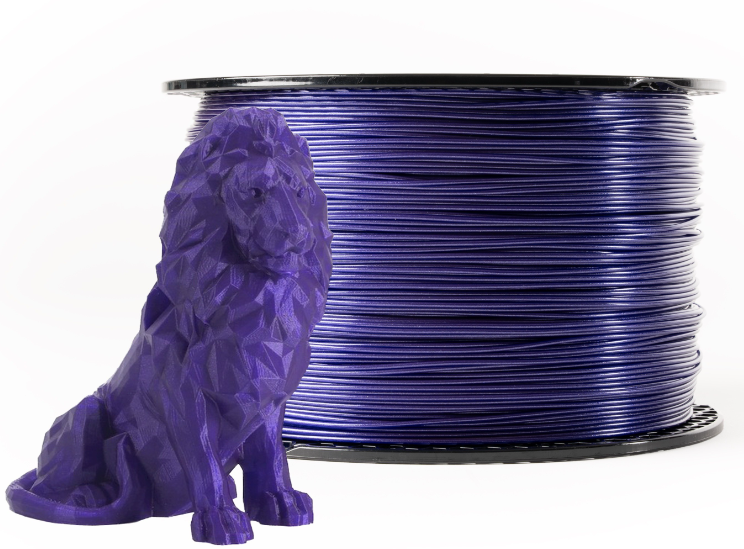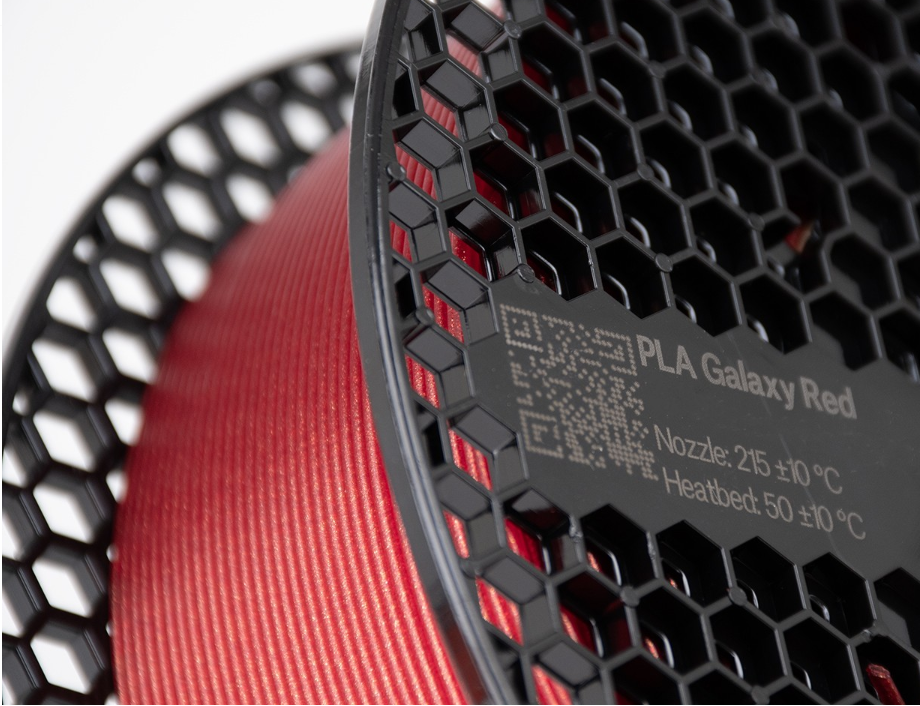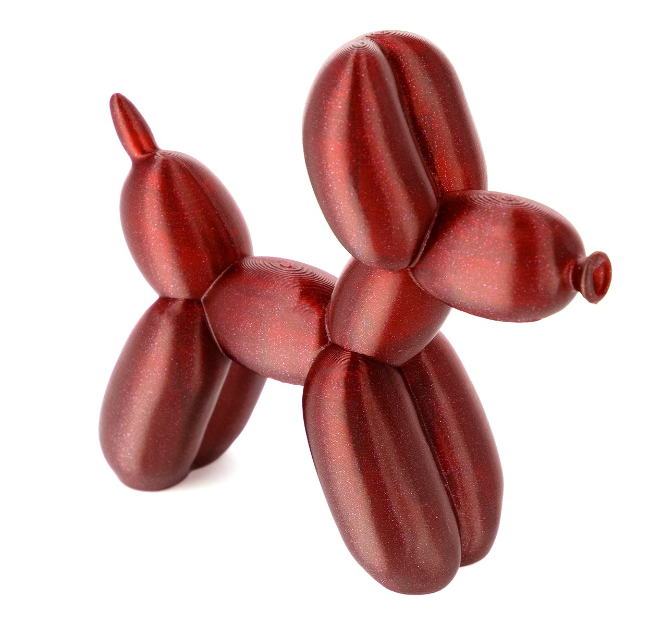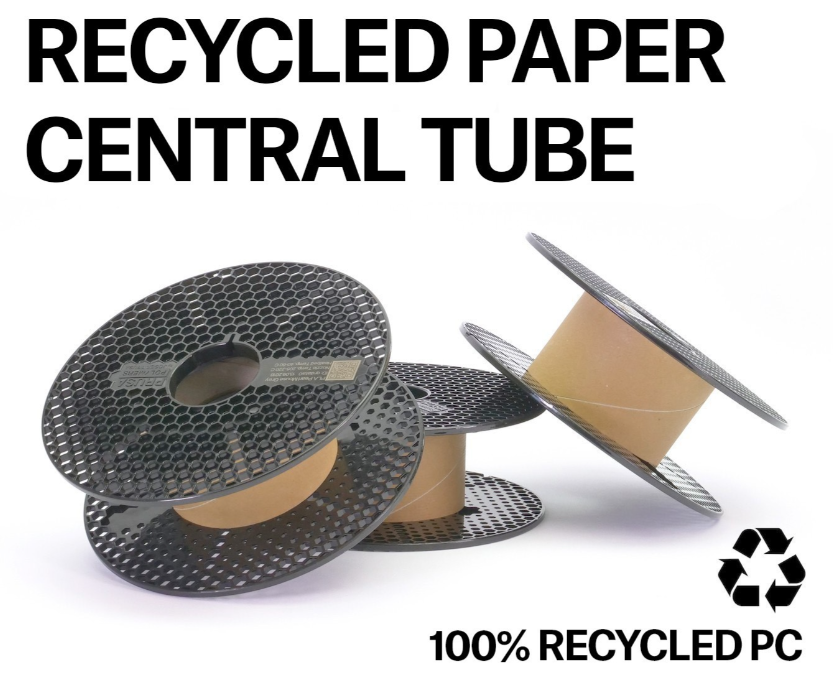 Image 1 of 7
Image 1 of 7

 Image 2 of 7
Image 2 of 7

 Image 3 of 7
Image 3 of 7

 Image 4 of 7
Image 4 of 7

 Image 5 of 7
Image 5 of 7

 Image 6 of 7
Image 6 of 7

 Image 7 of 7
Image 7 of 7








Prusament Premium PLA - Mystic Green - 1kg
Prusament Mystic: Printing Tips
With Prusament Mystic, it’s up to you choose how glossy and saturated will the surface be!
CHANGE THE NOZZLE TEMPERATURE
The optical properties change rapidly between 210-230°C. The higher you’ll go, the glossier will the surface be.
CHANGE THE LAYER HEIGHT
As you increase the layer height, the color becomes more vibrant. Best results can be achieved when using a bigger nozzle and layer heights greater than 0.3mm.
VARY THE VIEW ANGLE
Change the view angle and watch as polychromatic streaks run over the model.
Read more about Prusament in the article at blog.prusa3d.com or Prusament.com!
About PLA
PLA is the easiest material to print. It is inexpensive and suitable for beginners and advanced users alike. It is capable of printing detailed models, figures, and quick prototypes that don’t require increased mechanical, chemical, or temperature resistance.
PLA is the most widely used filament, known for its great looks and ease of printing. It is an excellent choice for large objects because of its low thermal expansion, which results in minimal warping. At the same time, its low melting temperature makes it suitable for small parts as well.
While PLA may not be as tough or durable as some advanced materials, its versatility makes it ideal for a range of applications, including large objects, miniatures, concept models, and prototypes that don’t need to be extremely durable.
Printing Setup
Nozzle 215 °C Heatbed 50-60 °C Recommended Steel SheetSmooth PEI / Textured / Satin
Basic Attributes
Easy to print
Can print tiny parts
Can print huge objects
Hard and tough
Low warping
Brittle
Low temperature resistance
Difficult post-processing
Notes
This PLA is made in-house by Prusa Research.
1.75 mm filament is manufactured with precision of ± 0.02 mm (±0.03 for blends)
Before printing, make sure the surface of the heatbed is clean as described in the 3D Printing Handbook.
To dry the filament, please follow the instructions in this article.
Prusament Mystic: Printing Tips
With Prusament Mystic, it’s up to you choose how glossy and saturated will the surface be!
CHANGE THE NOZZLE TEMPERATURE
The optical properties change rapidly between 210-230°C. The higher you’ll go, the glossier will the surface be.
CHANGE THE LAYER HEIGHT
As you increase the layer height, the color becomes more vibrant. Best results can be achieved when using a bigger nozzle and layer heights greater than 0.3mm.
VARY THE VIEW ANGLE
Change the view angle and watch as polychromatic streaks run over the model.
Read more about Prusament in the article at blog.prusa3d.com or Prusament.com!
About PLA
PLA is the easiest material to print. It is inexpensive and suitable for beginners and advanced users alike. It is capable of printing detailed models, figures, and quick prototypes that don’t require increased mechanical, chemical, or temperature resistance.
PLA is the most widely used filament, known for its great looks and ease of printing. It is an excellent choice for large objects because of its low thermal expansion, which results in minimal warping. At the same time, its low melting temperature makes it suitable for small parts as well.
While PLA may not be as tough or durable as some advanced materials, its versatility makes it ideal for a range of applications, including large objects, miniatures, concept models, and prototypes that don’t need to be extremely durable.
Printing Setup
Nozzle 215 °C Heatbed 50-60 °C Recommended Steel SheetSmooth PEI / Textured / Satin
Basic Attributes
Easy to print
Can print tiny parts
Can print huge objects
Hard and tough
Low warping
Brittle
Low temperature resistance
Difficult post-processing
Notes
This PLA is made in-house by Prusa Research.
1.75 mm filament is manufactured with precision of ± 0.02 mm (±0.03 for blends)
Before printing, make sure the surface of the heatbed is clean as described in the 3D Printing Handbook.
To dry the filament, please follow the instructions in this article.



